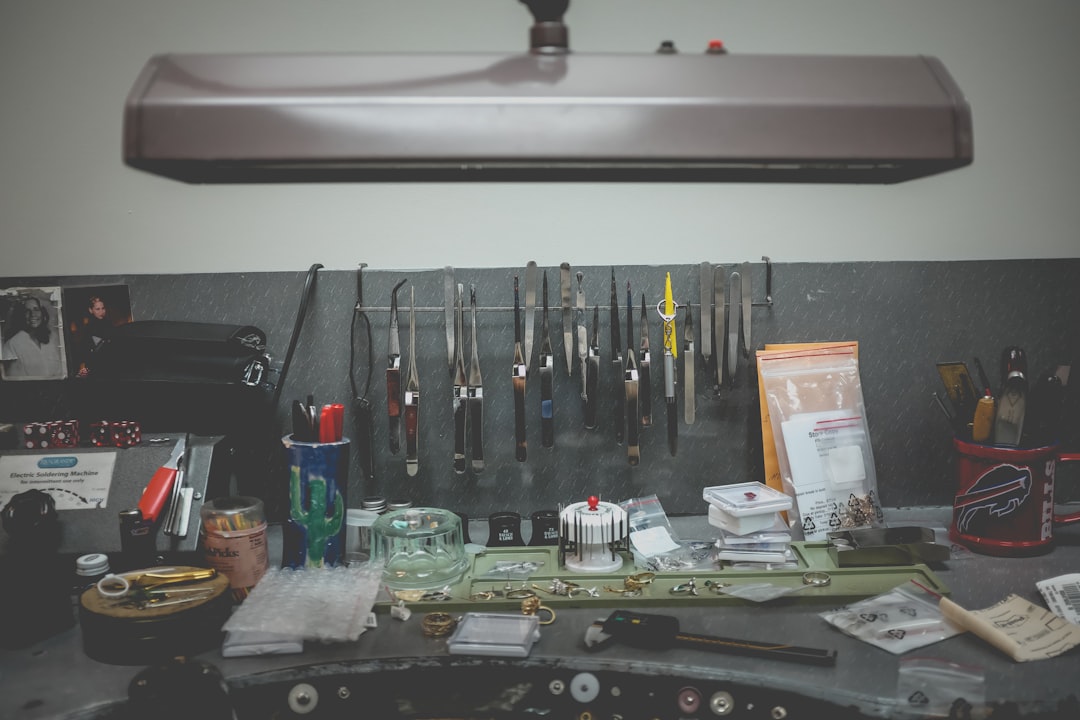
Cleanroom Suits – Use Case in Consumer Electronics
Each time you pick up your smartphone, plug in a pair of earbuds, or tap away at a laptop keyboard, you’re interacting with a marvel of modern technology. But what many don’t realize is that the production of these sleek, everyday consumer electronics relies on some of the most controlled environments in the world — cleanrooms. At the heart of this environment lies a key piece of protective gear: the cleanroom suit.
Cleanroom suits, also known as bunny suits due to their full-body coverage, are essential garments worn by technicians and engineers working in ultra-sensitive production environments. In the consumer electronics industry, where even a single speck of dust can ruin a microchip, these suits take on a crucial role in ensuring the reliability and performance of finished products.
Contents
Why Cleanroom Suits Are Necessary
Modern consumer electronics are built using microtechnology on a nanometer scale. Processes like photolithography, deposition, and etching occur in conditions so precise that the introduction of contaminants — including skin flakes, hairs, and even breath vapor — could compromise entire batches of wafers or screens.
Cleanroom suits act as a barrier that prevents human-borne contaminants from affecting the meticulous processes involved in electronics manufacturing.
How Cleanroom Suits Work
Designed for function over fashion, cleanroom suits are typically made from non-linting, electrostatic-dissipative materials. They are engineered to:
- Reduce Particle Shedding: The suit acts like a filter, trapping particles that may naturally shed from the human body or personal clothing.
- Minimize Electrostatic Discharge (ESD): Built-in ESD fabrics prevent static buildup, a huge hazard when working with fragile electronic circuits.
- Ensure Full Coverage: From booties to hoods, cleanroom suits are designed to cover every inch of the body, leaving nothing exposed.
Depending on the class of the cleanroom — ranked according to how few particles are allowed in the air — the suit’s design can vary slightly. In the highest-class cleanrooms (Class 1 cleanrooms, common in semiconductors), personnel often wear multi-layered suits, complete with goggles and respirators.
Use Cases in Consumer Electronics Manufacturing
Cleanroom suits are indispensable in multiple stages of electronics production, particularly in facilities like these:
- Semiconductor Fabrication Plants (Fabs): This is where microchips are created. The photolithographic process used here is extremely sensitive to contamination, making protective clothing non-negotiable.
- Display Panel Manufacturing: LCDs and OLEDs require precision layering of organic compounds and conductive metals, often in Class 100 or cleaner environments.
- Battery Manufacturing: Lithium-ion battery assembly for smartphones and laptops can pose fire risks when foreign particles enter the mix. Cleanrooms help mitigate these risks.
- Final Assembly of Devices: Even in the last steps, cleanroom conditions ensure that screens and circuit boards aren’t rendered defective by stray particles or static electricity.

Beyond Protection: Enhancing Efficiency
Interestingly, the adoption of cleanroom suits is not just about maintaining cleanliness. These suits encourage a higher level of operational discipline. The routine of suiting up — involving specific donning procedures, air showers, and movements — instills a heightened sense of precision and care, which ultimately leads to better production outcomes and fewer defects.
Future-Proofing with Advanced Materials
As consumer electronics continue to evolve — becoming thinner, faster, and more powerful — the cleanroom suits of the future will also evolve. New fabric technologies are being developed to make suits more breathable while increasing their protective properties. There are even discussions about suits embedded with sensors to monitor movement, humidity, and particles in real-time, further enhancing the manufacturing process.
Final Thoughts
Next time you unbox a sleek gadget or power up a new device, remember that behind its perfectly polished surface lies a world of unseen precision. Cleanroom suits are a quiet but critical enabler of this high-tech magic, forming a frontline defense against contamination in one of the most demanding production environments on Earth.
Whether it’s a pixel in your smartphone display or the complex silicon logic in your laptop, a cleanroom suit played a part in making sure it works perfectly. In the high-stakes realm of consumer electronics, where the margin for error is virtually zero, cleanroom gear ensures that innovation runs smoothly — one dust-free step at a time.
